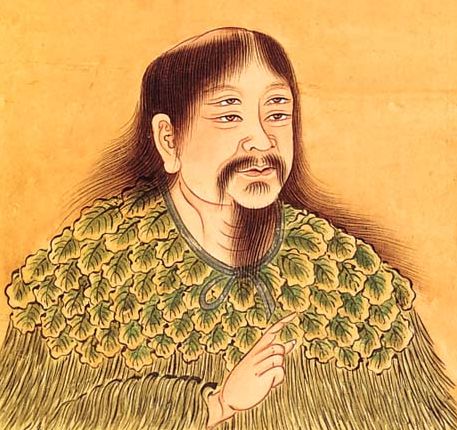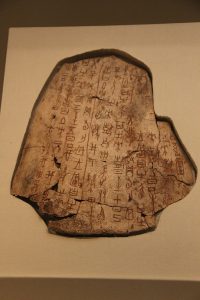The Chinese language, with its rich history and unique characters, has captivated linguists and cultures for centuries. While its exact origins remain shrouded in the mists of time, various legends and historical records offer fascinating glimpses into its development. Let’s embark on a journey through the mesmerizing realm of Chinese language origins, exploring both myths and realities.

Mythological Accounts
One of the most popular myths surrounding the creation of the Chinese language is the story of Cang Jie. According to legend, Cang Jie was a minister to the Yellow Emperor, a legendary ruler who lived around 2,600 BCE. Cang Jie was deeply concerned about the primitive communication methods of his time, which relied heavily on gestures and symbols. He yearned for a more precise and efficient way to express thoughts and ideas.
His quest led him to observe the world around him, searching for inspiration in the natural phenomena. The myth states that Cang Jie’s breakthrough came while gazing at the night sky. He noticed the patterns formed by the stars and constellations, and it struck him that these patterns could be used to represent words and concepts.
Inspired by this revelation, Cang Jie developed the first system of Chinese characters, known as oracle bone script. This early writing system used pictographs, or symbols that resembled the objects they represented. Over time, these pictographs evolved into more complex characters, eventually forming the foundation of the modern Chinese writing system.
Historical Evidence
While the story of Cang Jie is undoubtedly captivating, archaeological evidence suggests a more gradual and collaborative development of the Chinese language. The earliest known examples of Chinese writing date back to the Shang dynasty (1600-1046 BCE). These inscriptions, found on oracle bones and bronze vessels, used a variety of pictographic characters, similar to those described in the Cang Jie myth.

Over the centuries, the Chinese writing system underwent numerous changes and refinements. New characters were created, existing characters were simplified, and the grammatical structure of the language evolved. By the time of the Qin dynasty (221-206 BCE), a standardized form of written Chinese had emerged, paving the way for the flourishing of literature and scholarship in subsequent centuries.
Linguistic Theories
Linguists have proposed various theories about the origins of the spoken Chinese language. Some believe that it developed from a single proto-language, while others suggest that it arose from a mix of several different languages. There is also evidence that the Chinese language has been influenced by other languages throughout its history, such as Tibetan and Mongolian.
Despite the lack of definitive answers, the study of the Chinese language continues to fascinate and challenge linguists and scholars worldwide. The complex interplay of myth, history, and language evolution has shaped the Chinese language into the remarkable form we see today, serving as a vital link to China’s rich cultural heritage.
In Conclusion
The legendary origins of the Chinese language offer a glimpse into the imagination and ingenuity of ancient people. The story of Cang Jie serves as a reminder of our human desire to communicate and share knowledge with others. While the exact origins of the language may forever remain a mystery, the journey of its development continues to inspire and intrigue us, offering valuable insights into the evolution of human language and culture.




